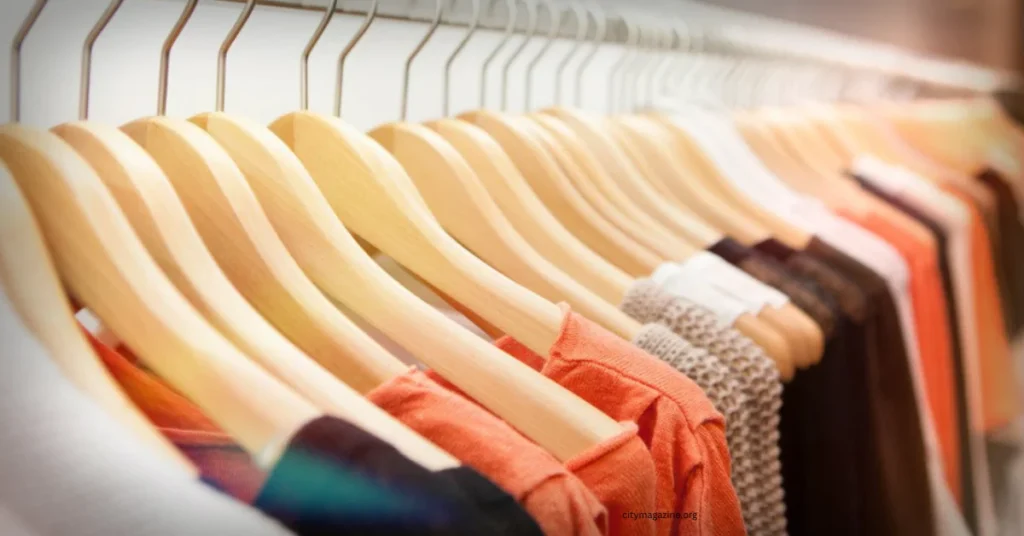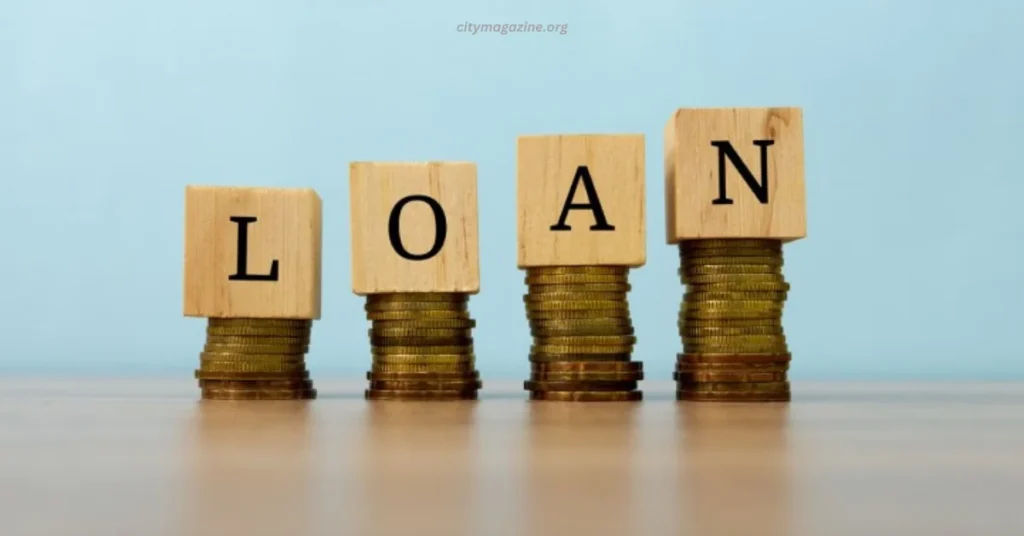If you’re starting a clothing business or looking to change, you may choose wholesale or private-label garments. The first step is learning more about each and determining which would be most beneficial for you and your business. Let’s discuss some of the differences between the two.
The General Concept of Wholesale Clothing and Private Label
Wholesale clothing is when you purchase items, like Bella + Canvas sweatshirts, in bulk and pay less than you would at retail price. Typically, the bigger the order, the greater the discount. In addition, you may get an additional deal on the shipping (or get it for free) if your order meets specific criteria, such as over a certain dollar amount.
With private label purchasing, you buy products manufactured by a third party and then sell the items under your brand’s name–in this case, clothing. Due to the process involved, it may be more costly than buying wholesale clothing, but the manufactured items fall strictly under your brand’s name.
Clothing Availability
When buying from a wholesaler, the process involves going on their website or speaking to a customer service rep, finding what you want depending on the availability of the clothing, and placing an order. In most cases, it can take little time to order what you need.
You choose from whatever is there, from the brands to the size to the color, but they may need more stock of what you want at any moment. So, for example, if you’re looking to place a bulk order of black zip-up hoodies by a specific brand in size large, but the website says it’s out of stock, you’re not going to be able to (currently) order those items.
Private-label garment orders take longer because they make everything according to your specifications. Depending on the complexities of your garment, it can take quite a long time for you to receive it. There are also a lot of steps to the ordering process, including telling them how many you’re going to need so they can make that quantity.
One more thing to note is that with private label ordering, what you design, order and stock with your store is yours alone, and shoppers can’t go elsewhere to order the products. On the other hand, with wholesalers, anyone who visits their website can place the same order you did and offer it via their brick-and-mortar store or online shop.
Clothing Design
You’ll need to make every decision about the clothing when ordering private label garments. You tell them what you need, and they make it for you, including the measurements, color, fit, and every other characteristic of a piece of clothing. You’re entirely responsible for every bit of its look.
Still, when purchasing from a wholesaler, you’re making a purchase based on the decisions of the respective brands and the known characteristics of the clothing.
What it comes down to is the level of control and simplicity. If you feel you need or want power and make every decision regarding how you want the clothing you sell to look and feel, consider private label purchasing seriously. However, if you’d rather not and feel like it might be an overwhelming process to constantly make those decisions every time you want to order a garment, then wholesale clothing might be a better fit.
Monetary Expense
There are good and bad costs for private-label garments and wholesale clothing.
With private-label garments, you’re in charge of pricing to some extent because you’re making all the decisions about its overall construction so that prices can vary. But, on the other hand, you’re also taking a chance that the clothing may not resonate with customers, and then you’re left with pieces you can’t sell after you have already spent the money.
However, if customers truly like your designs and know they’re distinct to you and your brand, even though they might not yet be familiar with them, you might need to order more. But, unfortunately, there are never any guarantees.
When ordering wholesale clothing, the prices of garments are often predetermined. In some cases, you may get specific products on sale. However, because everyone can order the same products as you, that could lead to a flood of the exact items available in multiple places where customers can purchase them. In addition, if you can’t return the unsold inventory to the wholesaler, you might be stuck with it.
One more important thing to note is that while established brands already have recognition while they’re on store hangers and shelves, you’ll have to take a lot of time (and marketing) to speak on behalf of you and your brand to get the names out there.
The ideal option
Unfortunately, no one superior option over the other regarding private label garments or wholesale clothing is better for your business. The aforementioned is just some of what you should know about each.
It’s a big decision to make which one to go with, so research will be critical. First, contact as many wholesalers and private label manufacturers as possible to find out the deal with each one, from how much they charge to the materials they offer.
To stay organized, consider making a spreadsheet. Label each column with a question you want to know about, then underneath, include the respective answers to each question, that way, you can keep all the information organized and review it accordingly. Even though you’ll be a potential client of at least one of them, remember that you’re essentially interviewing each business to determine the best fit.
Lastly, rather than choosing only one decision, maybe your perfect option is to combine the two.



